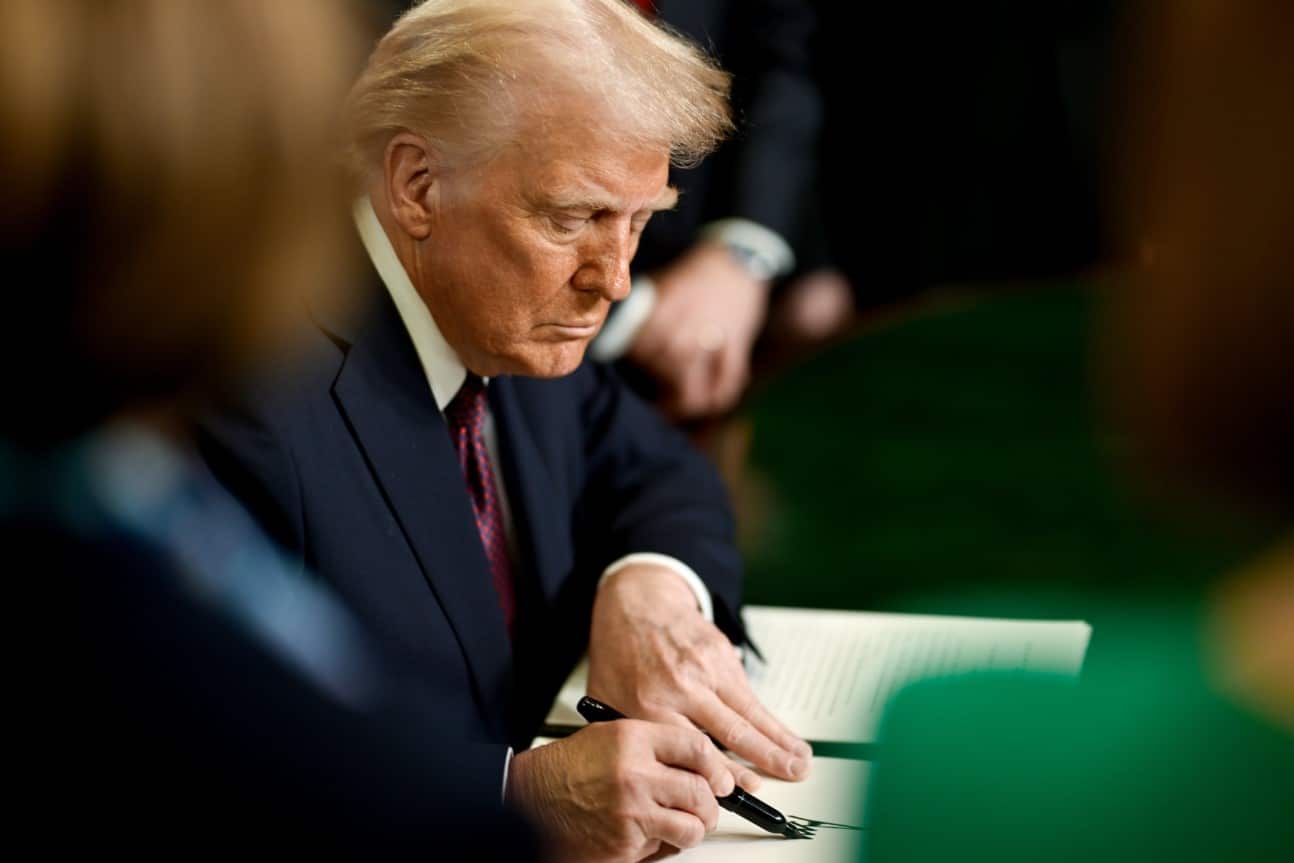Trump’s Maritime Bill Aims to Boost Shipbuilding

In a significant legislative victory, Donald Trump’s ambitious maritime bill has successfully passed both the House of Representatives and the Senate. This landmark package is designed to revitalize American shipbuilding and strengthen the maritime industrial base, with a focus on enhancing national security and domestic manufacturing. The bill allocates a substantial $29 billion primarily for the U.S. Navy, signaling a renewed commitment to maritime capabilities.
Key Provisions of the Maritime Bill
The newly passed bill introduces several initiatives aimed at bolstering the U.S. maritime industry. A notable feature is the establishment of the Office of Maritime and Industrial Capacity within the National Security Council. This office will oversee the implementation of a Maritime Action Plan, which builds on previous executive orders aimed at rejuvenating American maritime industries. The funding is expected to address critical needs within the Navy, ensuring that the United States maintains a competitive edge in naval capabilities.
Despite the significant financial backing, the U.S. shipbuilding sector faces numerous challenges. A severe labor shortage and an aging workforce threaten the industry’s sustainability. Additionally, the high costs associated with domestic ship construction compared to foreign shipyards pose a considerable hurdle. Critics have raised concerns that while the bill effectively addresses naval requirements, it may not sufficiently enhance commercial shipbuilding capacity, which has seen a decline over the years. The long-term impact of this legislation on the broader maritime industry remains to be seen as stakeholders navigate these ongoing challenges.
